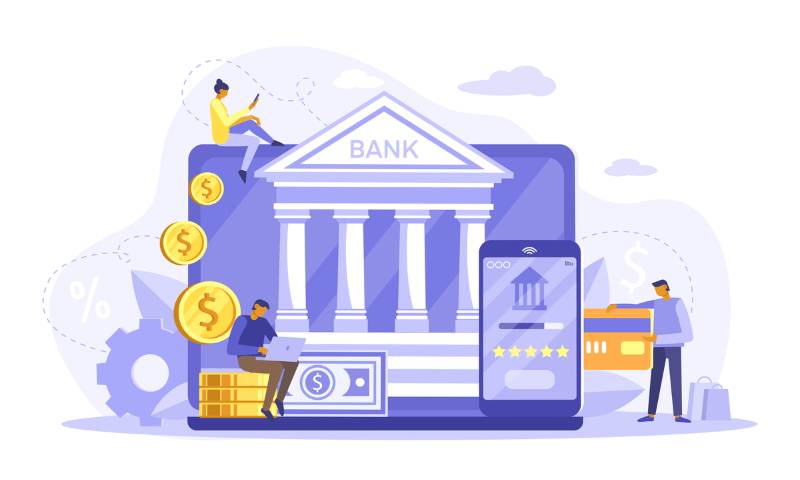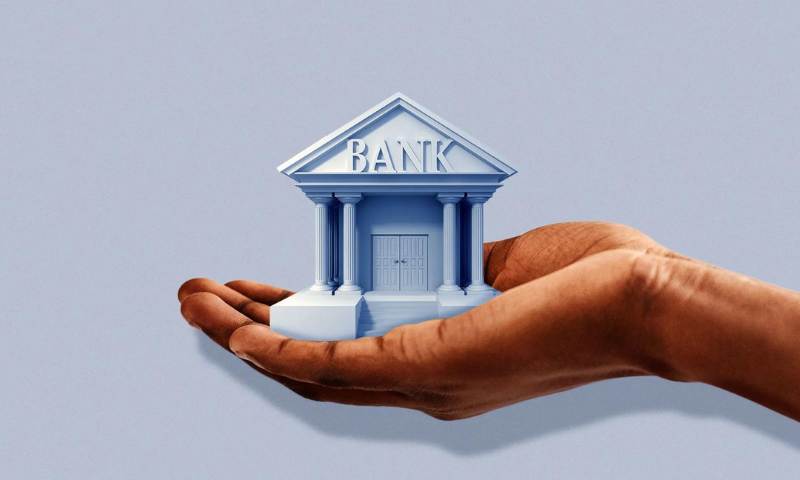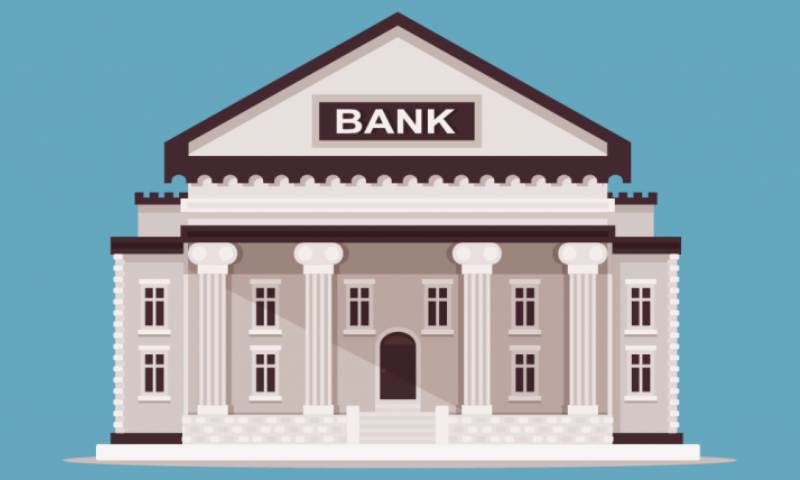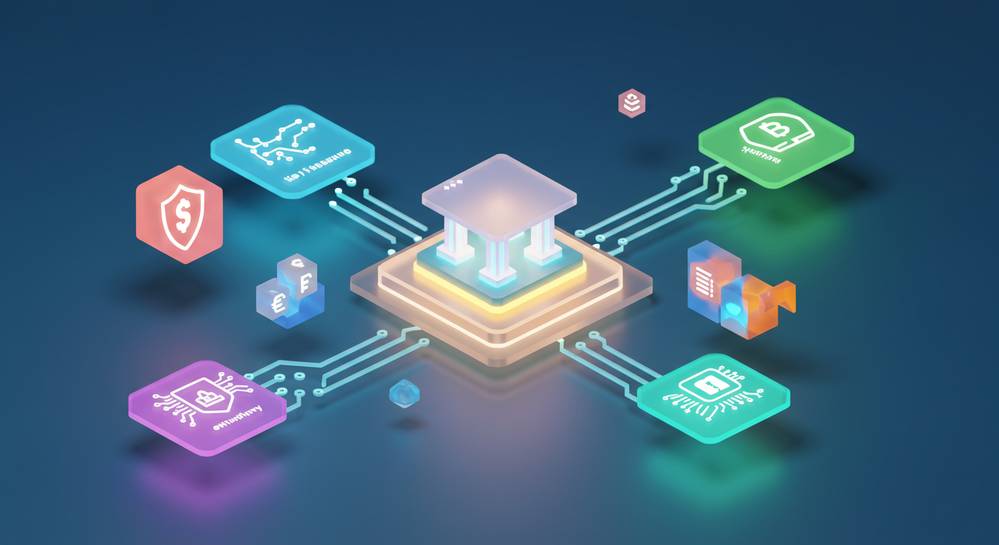As an expert in the fusion of traditional banking and digital innovation, I can’t stress enough the significance of CBDC opportunities for traditional banks. Banks, brace yourselves; the advent of Central Bank Digital Currencies (CBDCs) is not just a fad, it’s the next big shake-up in the financial realm. With CBDCs popping up on the radar, it’s high time banks grasp the what, how, and why of tapping into this goldmine. We’ll dive into how CBDCs mesh with your current operations and why early birds will likely snag the fattest worms. Navigating this new terrain is a must for banks that don’t want to be left in the dust. Get ready to cut through the noise and discover how your bank can thrive in a CBDC-dominated future.
Understanding CBDC Integration in the Banking Landscape
The Essentials of CBDC Integration in Traditional Banking
Let’s talk about CBDC integration in banking. You know, the way banks can use digital currency. CBDC stands for central bank digital currency. It’s like money but in digital form, made by a country’s central bank.
Why should banks care about CBDC? Because it can boost what they do, make things run smooth, and offer fresh ways to help you with money. Banks are now stepping into the digital age. They want to be ready for new tech and meet what you need. CBDC is a big part of this change.
Central banks all around the world are looking at CBDC. They want to see how it can make money safer and easier to use. Banks work with these central banks to see how they can bring CBDC into their world.
Analyzing the Impact of CBDC on Current Banking Operations
Now, let’s figure out what CBDC means for your bank today. Will your bank’s day-to-day run the same? Here’s the deal: CBDC can shake things up, in a good way. It can make sending money fast and cheap. And it can work well with what banks already have.
The key word here is “interoperability.” That’s a fancy way of saying CBDC needs to work with the systems banks use now. Banks look at retail CBDC systems for you and me. And wholesale CBDC opportunities for big money moves.
Digital currency can change how banks do their job. Rules for CBDC are still being written. Banks have to make sure they follow these rules and keep your money safe. They check out what other banks are doing with CBDC too. They learn from each other.
CBDC can also help you get into the world of money, even if it was tough before. If more people can use banking services, that’s a win. And CBDC might just make that happen.
Banks have to stay on top of their game. They look at blockchain tech and work on being ready for digital money. They also try to figure out if they can make more money with CBDC.
To wrap up, banks are looking at CBDC because it’s the next big thing. They want to use it to make things better for you. But they have to do their homework first. And that means a lot of planning and making sure everyone can join in.

The Benefits and Challenges of Embracing CBDCs
Unpacking the Potential of CBDCs to Enhance Customer Experience
When banks bring CBDC into their world, it’s like giving customers a fast new car. This new ride is not just shiny; it’s packed with cool features. People can send money quick and easy, almost like a text message. That’s a big win for everyone who needs to pay or get paid without a wait.
Now, CBDCs are still pretty new. So banks are testing the waters to see how they fit into our lives. These tests are called pilot projects, and they’re where banks learn what works. They see how fast CBDC transactions really are, and if they play well with old bank systems.
Navigating Regulatory Challenges and Risk Management in CBDC Adoption
Here’s the deal with new things: they come with new rules. When it comes to money, we’ve got to play it safe. Banks must check that these digital coins follow the law, and that bad guys can’t mess with them. This is where KYC and AML come into play. These are checks to make sure no one’s breaking the rules.
There’s a big map of rules called the international CBDC standards. This map helps banks stay on the right path. They need to be sure they’re ticking all the boxes for safe, legal money moves. It’s not easy, but it’s super important.
So, let’s get real. CBDCs are like a new game with new chances to win. But, we’ve got to learn the rules and make sure we’ve got the right gear to play. Banks are working it out. They’re figuring the best way to give people this cool new money, the safe and right way. It’s about keeping money smart, simple, and super safe. And when banks hit the sweet spot, we all get to zoom ahead.

Pioneering Innovation with CBDC: Pilot Projects and Infrastructure
Assessing the Successes and Learnings from CBDC Pilot Projects
CBDC pilot projects are real-world tests. They show us if digital money works well. Banks learn a lot from these tests. They help banks get ready for handling CBDC in daily business. Most times, these projects look at how fast and safe CBDC transactions are.
For example, we see that CBDC can make payments quick and easy. People can pay for things almost right away. This is good for both banks and customers. Pilot projects also show that when things go wrong, banks learn and fix it. This makes the system stronger.
Preparing Traditional Bank Infrastructure for CBDC Integration
Old bank systems must change to work with CBDC. This takes time and thought. Banks need to look at their tech and rules. They must make sure everything fits with the new CBDC way.
Banks must talk to tech experts. They will need new tools to handle CBDC. Banks also must teach their people to use these tools. Customers must trust that their money is safe. So, banks have to work on security hard.
Sometimes, banks must follow new rules, too. They must make sure they are not breaking any laws. All this work helps banks get ready for CBDC. It is a big job but it will help banks stay modern.
In short, these pilot projects are key steps. They help banks join the new digital money world safely. It is exciting to see banks work on this. It will help everyone use money in better ways.

The Future of Banking: CBDCs Driving Financial Inclusion and Efficiency
Exploring the Role of CBDC in Improving Bank Profitability and Access
Imagine a bank where everyone gets a fair shot. CBDCs can make this happen. These digital bucks from central banks can reach folks far and wide. More people in the banking loop means more cash in the vault for banks. It’s a win-win.
Let’s take CBDC pilot projects, for example. These tests help banks learn to swim in digital waters. Banks get their feet wet without diving head-first. Learning from small steps, they gear up for the big jump.
Now, some might ask “How does CBDC boost bank profits?” The beauty lies in lower costs and new clients. Think less paper, fewer branches, and a league of grateful new customers. With CBDCs, banks reach out to corners and crannies they never could before.
Building Collaborative Efforts for Future-Ready Banking Systems
Time for banks and the tech world to join hands. Together, they can build a super-smart banking world. Think of it as a buddy system. Banks bring the trust, tech brings the tools. It’s a duo that could change the game.
CBDCs and banks have to talk the same lingo for things to work. That means making their systems shake hands. It’s called interoperability, and it’s the key. When systems talk well, CBDC transactions zip and zap with no sweat.
Security is a big deal, too. Banks need to keep CBDCs safe as houses. Can’t let hackers get their paws on your digital dough. So, they put up walls, dig moats, and set guards—all in the digital sense, of course.
Then there’s the law. Banks have to play by the rules when dealing with CBDCs. So they keep their eyes peeled for what the big shots at central banks say. Staying sharp keeps everyone out of hot water.
All this takes friends. Banks and tech folks need to high-five and team up. They explore new ways to use CBDCs, like for sending cash across borders like a breeze. This could make sending money abroad as easy as texting.
Now, let’s chat quickly about the big heart of banking—helping folks. CBDCs can open doors to people who were left out before. We’re talking about real change, change that lets more people join the party.
So, there you have it. Banks and CBDCs could make the future shiny for everyone. It’s about more than cash. It’s about giving everyone a chance to thrive and smoothing the way for money to move like lightning. Banks who catch on to this can ride the wave to a sparkling tomorrow. And remember, it’s a journey better walked together.
In this post, we dug deep into CBDCs in banks. We explored how they blend with old ways and eyed the shift they bring to our normal bank tasks. We saw their promise for better service but also the hurdles banks must jump through.
We looked at real trials and what they teach us. Getting ready for CBDC means big change for bank systems, yet it can lead to gains for all. Working together is key for banks to stay on top.
CBDCs can drive banks forward, make service better, and open doors for more people. The road ahead is not easy, but with clear goals and teamwork, banks can reach new highs. Remember, innovation paired with smart moves can lead banks into a bright, fair future. Let’s keep our eyes peeled for how CBDCs will shape our world.
Q&A :
What are CBDCs and how could they benefit traditional banking systems?
Central Bank Digital Currencies (CBDCs) are digital forms of a country’s existing national currency, issued and regulated by the nation’s central bank. They offer several potential benefits for traditional banks, such as:
- Efficiency and speed: CBDC transactions can be settled in real-time, which may streamline payment processes.
- Reduced costs: By eliminating certain intermediaries, CBDCs can reduce transaction costs for banks.
- Financial inclusion: CBDCs can help bring banking services to underserved populations who lack access to conventional banking.
- Improved security: Enhanced cryptographic security of digital currencies could reduce fraud and counterfeiting.
How can traditional banks integrate CBDCs into their existing infrastructure?
Traditional banks face the challenge of integrating CBDCs in a way that complements their existing services. This integration can be done through:
- Updating IT systems: Banks could upgrade their core banking systems to support CBDC transactions.
- Partnerships with fintech: Collaborating with fintech companies that have expertise in digital currency systems.
- Pilot programs: Conducting tests with a small scale CBDC rollout to assess the impacts and optimize their approach.
What challenges might traditional banks encounter with the adoption of CBDCs?
While CBDCs present opportunities, challenges might include:
- Regulatory compliance: Navigating the legal frameworks that govern the use of digital currencies.
- System interoperability: Ensuring CBDCs can be seamlessly exchanged with existing digital payment methods.
- Cybersecurity: Bolstering defenses against potential cyberattacks targeting digital currency transactions.
In what ways can CBDCs create new revenue streams for traditional banks?
Traditional banks could leverage CBDCs to develop new revenue sources through:
- Value-added services: Offering innovative digital wallet services, savings plans, or loyalty programs linked to CBDC use.
- Cross-border transactions: Utilizing CBDCs to simplify and economically facilitate international money transfers.
- Data analytics: Utilizing transaction data to inform credit scoring, consumer behavior insights, and personalized banking services.
What is the potential impact of CBDCs on global banking practices?
The introduction of CBDCs could significantly alter international banking practices with implications such as:
- Harmonization of payment systems: Promoting consistency in global digital payments and settlement processes.
- Change in reserve currencies: CBDCs may shift the dynamics of traditional reserve currencies, broadening international trade options.
- Competitive markets: As CBDCs lower barriers to entry, new digital-native financial entities may emerge, increasing competition.



